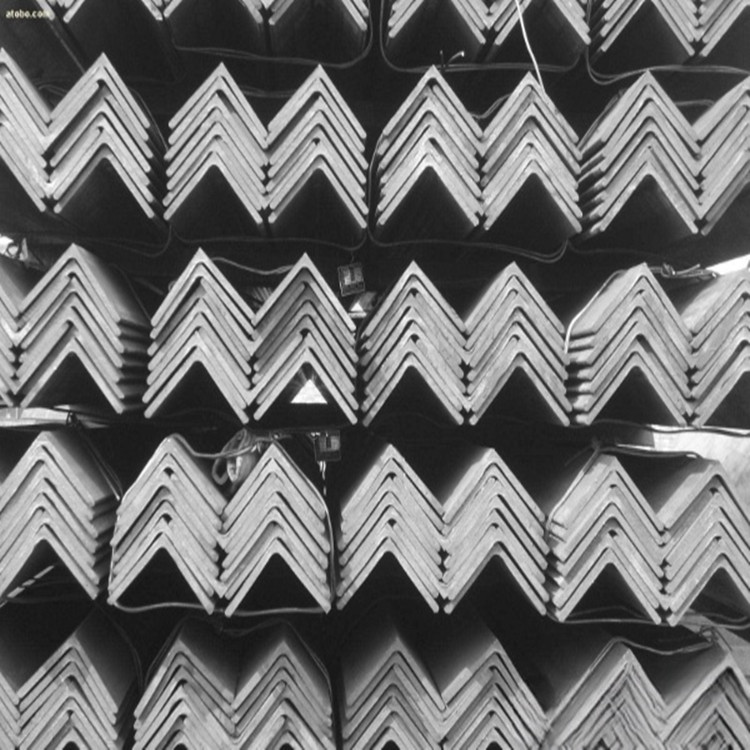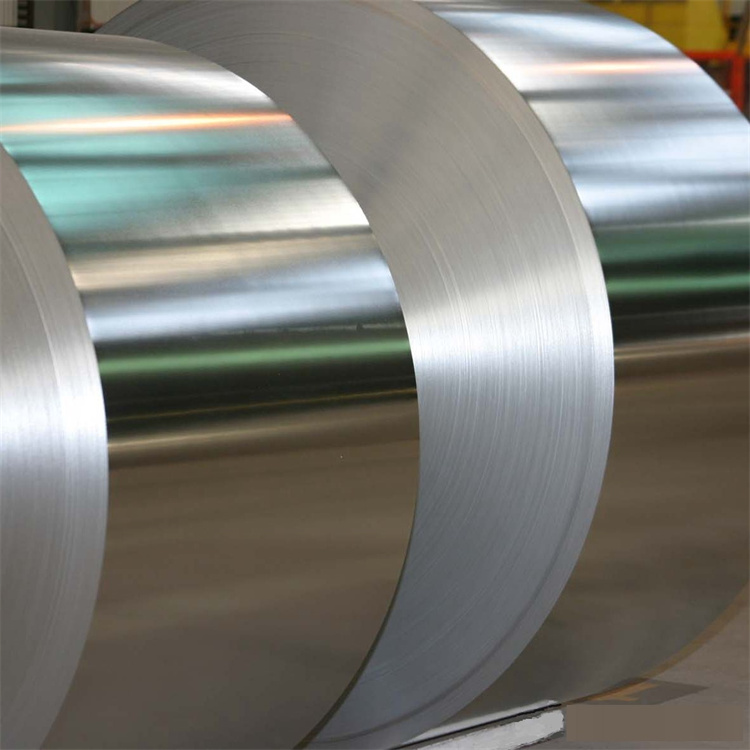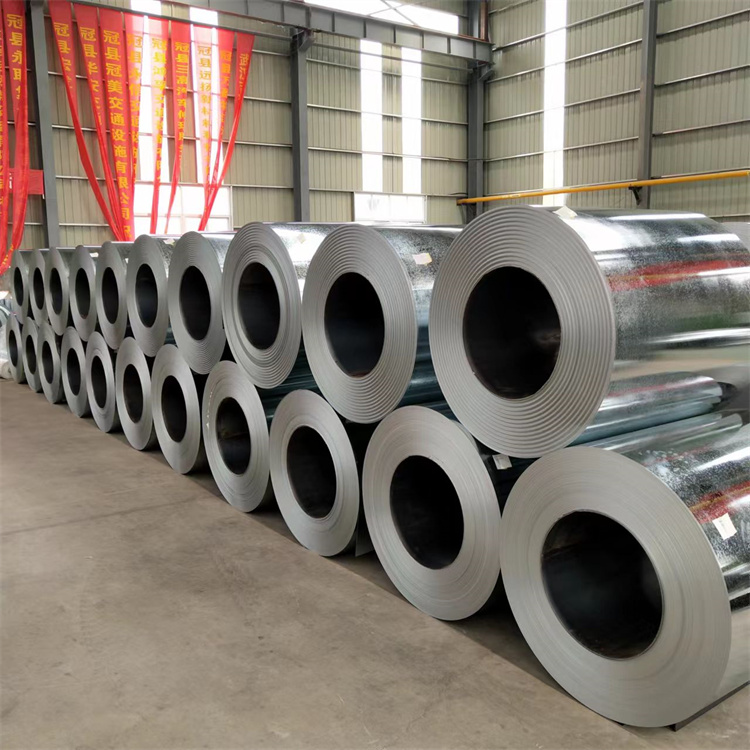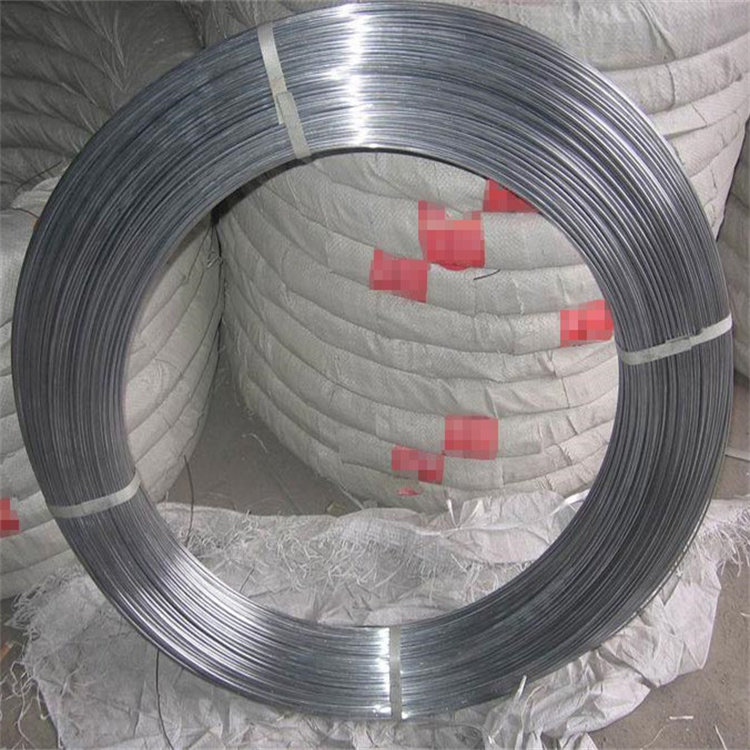Cold Rolled Steel vs Stainless Steel: A Comprehensive Comparison
When choosing materials for manufacturing, construction, or engineering applications, selecting the right type of steel is crucial. Two commonly used options are cold-rolled steel and stainless steel, each offering distinct advantages. This article provides an in-depth comparison of these materials based on their composition, mechanical properties, corrosion resistance, applications, and cost-effectiveness, backed by research data and practical insights.
Production Process
Cold-Rolled Steel
Cold-rolled steel is produced by further processing hot-rolled steel at room temperature through a series of rollers. This process enhances its dimensional accuracy, surface finish, and strength. Cold rolling reduces thickness and increases hardness due to strain hardening.
Stainless Steel
Stainless steel is an iron-based alloy containing chromium (at least 10.5%), which forms a passive oxide layer that resists corrosion. It is produced through casting, hot rolling, or cold rolling, depending on the desired mechanical properties and applications.
Chemical Composition
The composition of each steel type significantly influences its strength, durability, and corrosion resistance. Below is a comparative table:
| Element | Cold-Rolled Steel (AISI 1018) | Stainless Steel (AISI 304) |
|---|---|---|
| Carbon (C) | 0.15–0.20% | ≤ 0.08% |
| Chromium (Cr) | — | 18–20% |
| Nickel (Ni) | — | 8–10.5% |
| Manganese (Mn) | 0.60–0.90% | ≤ 2% |
| Silicon (Si) | ≤ 0.40% | ≤ 1% |
◆ Key Difference: Cold-rolled steel lacks chromium and nickel, making it more susceptible to corrosion. Stainless steel's chromium content provides high corrosion resistance.
Mechanical Properties
Mechanical properties dictate a material’s performance under stress, load, and wear conditions. Below is a comparison of cold-rolled and stainless steel:
| Property | Cold-Rolled Steel (AISI 1018) | Stainless Steel (AISI 304) |
|---|---|---|
| Tensile Strength (MPa) | 440 | 515 |
| Yield Strength (MPa) | 370 | 205 |
| Elongation (%) | 15 | 70 |
| Hardness (HRB) | 71 | 70 |
◆ Cold-rolled steel has a higher yield strength, making it better for load-bearing structures. Stainless steel, however, offers greater elongation, providing better flexibility and durability under extreme conditions.
Corrosion Resistance
One of the most significant differences between these materials is their resistance to rust and environmental degradation.
Cold-Rolled Steel: Lacks inherent corrosion resistance and is prone to rust when exposed to moisture or air. Protective coatings (galvanization, painting, or oiling) are required for durability.
Stainless Steel: Excellent corrosion resistance due to its chromium content, which forms a self-healing protective oxide layer, preventing rust.
◆ Key Takeaway: For environments exposed to moisture, chemicals, or extreme weather, stainless steel is the superior choice.
Applications
Different properties make cold-rolled steel and stainless steel suitable for distinct applications.
| Application Area | Cold-Rolled Steel | Stainless Steel |
|---|---|---|
| Automotive Industry | √ Used in structural components and body panels | √ Used in exhaust systems, fuel tanks, and decorative trims |
| Construction | √ Roofing, bridges, and reinforcing bars | √ Architectural structures, railings, and exterior cladding |
| Appliances | √ Washing machines, refrigerators | √ Kitchen sinks, countertops, and cookware |
| Medical Equipment | × Not suitable | √ Surgical instruments, implants, and hospital furniture |
| Chemical Processing | × Corrodes easily | √ Storage tanks, pipes, and chemical-resistant components |
◆ Cold-rolled steel is cost-effective for structural applications, while stainless steel is ideal for environments requiring corrosion resistance and hygiene.
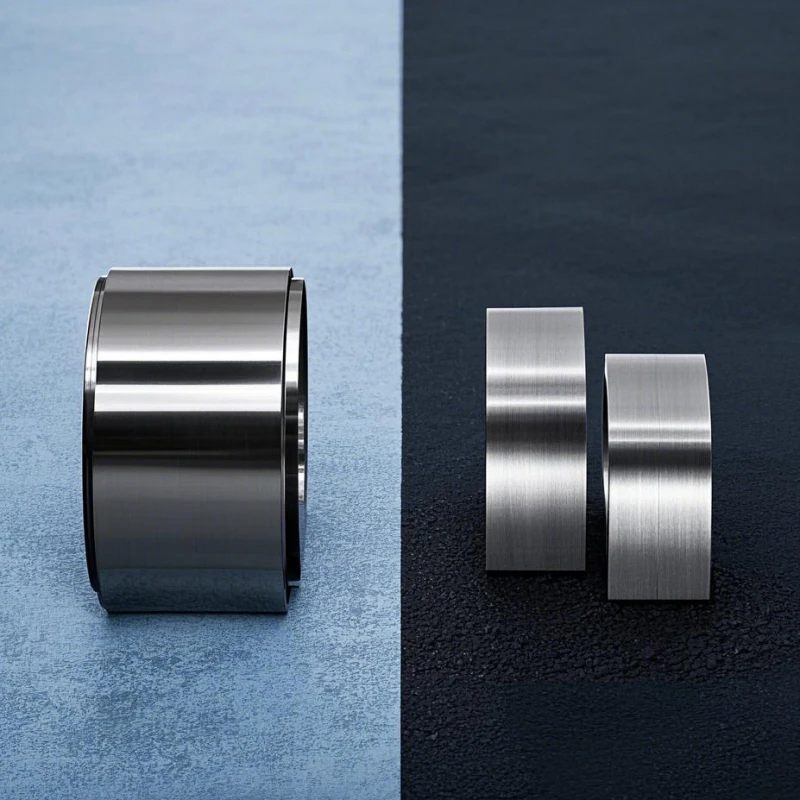
The picture shows the comparison between cold-rolled steel and stainless steel products. On the left is a cylindrical part made of cold-rolled steel, with a smooth surface and metallic luster. On the right are two cylindrical parts made of stainless steel, which also have a metallic luster and a delicate texture. The two are similar in appearance.
Cost Considerations
Cost is a crucial factor in material selection. Stainless steel is significantly more expensive due to the inclusion of chromium and nickel. However, its long-term benefits may justify the higher upfront investment.
| Factor | Cold-Rolled Steel | Stainless Steel |
|---|---|---|
| Initial Cost | √ Lower | × Higher |
| Maintenance Costs | × Higher (requires coatings, rust prevention) | √ Lower (corrosion-resistant, durable) |
| Lifespan | × Shorter (prone to rust and wear) | √ Longer (resistant to environmental degradation) |
◆ Cold-rolled steel is the budget-friendly choice for indoor or controlled environments, whereas stainless steel provides better long-term value in demanding conditions.
Environmental Impact & Sustainability
Steel production contributes to carbon emissions and environmental concerns. Let’s compare their sustainability aspects:
| Factor | Cold-Rolled Steel | Stainless Steel |
|---|---|---|
| Recyclability | √ 100% recyclable | √ 100% recyclable |
| Energy Consumption | × Higher (multiple processing steps) | √ More energy-efficient (longer lifespan) |
| Carbon Footprint | × Higher | √ Lower due to longevity |
◆ Stainless steel is more environmentally friendly due to its durability and long service life, reducing waste and replacement costs over time.
Which One Should You Choose?
The decision between cold-rolled steel and stainless steel depends on specific project needs:
| Requirement | Best Choice |
|---|---|
| High Strength & Load-Bearing Capacity | Cold-Rolled Steel |
| Corrosion Resistance | Stainless Steel |
| Budget-Friendly Option | Cold-Rolled Steel |
| Long-Term Durability & Low Maintenance | Stainless Steel |
| Hygienic & Medical Use | Stainless Steel |
Conclusion: If cost and strength are priorities, cold-rolled steel is the better option. If corrosion resistance, longevity, and low maintenance are essential, stainless steel is the superior choice.
Promoting China Xino Group’s Steel Solutions
For businesses seeking high-quality steel products with competitive pricing and reliable service, China Xino Group is your trusted partner. As a leading multinational enterprise with over two decades of experience, we specialize in coated steel products such as Galvanized Steel (GI), Galvalume Steel (GL), PPGI, PPGL, and Tinplate/TFS (ECCS).
Our subsidiary, Qingdao Xino Steel & Iron Co., Ltd., operates three major production bases, six mills, and 24 production lines, ensuring an annual output of 1.5 million tons. Additionally, we supply round steel bars, steel pipes, beam bars, and steel piles to meet diverse industry needs.
At China Xino Group, we don’t just provide steel—we offer tailored solutions for your steel procurement needs. Contact us today to experience premium steel products and world-class service!
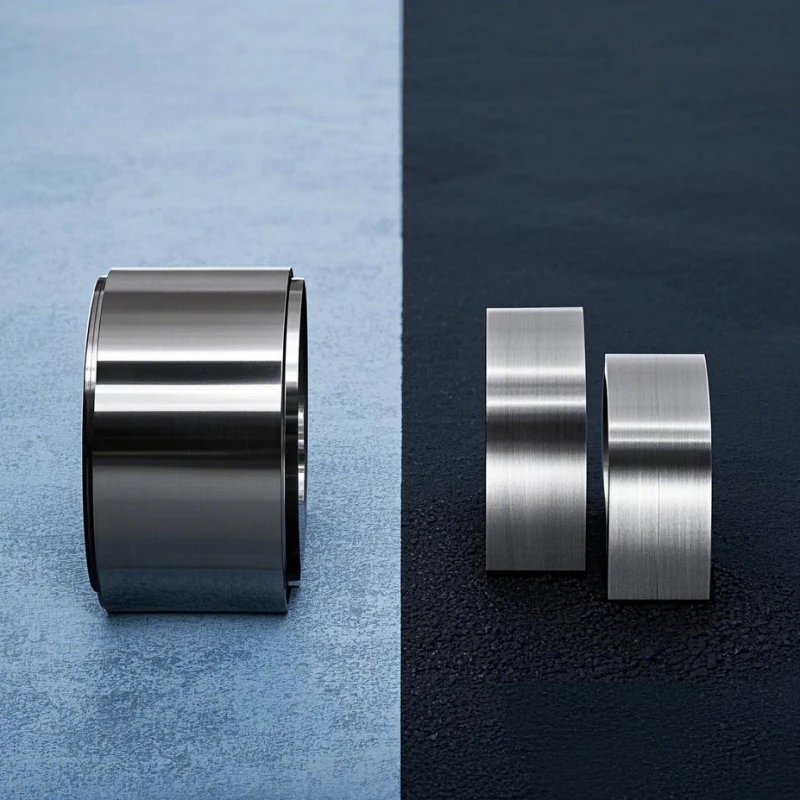
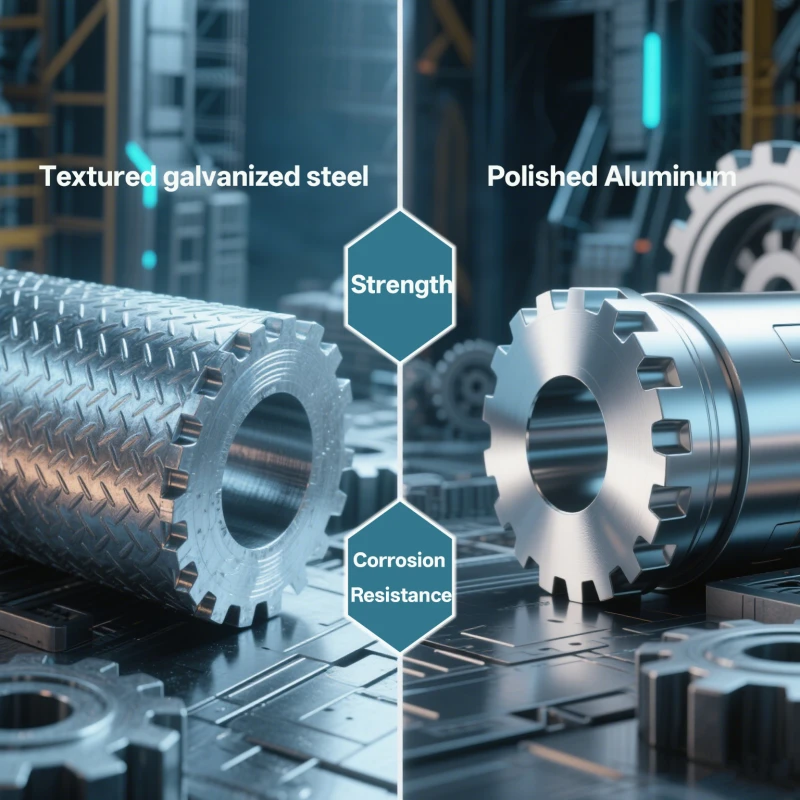
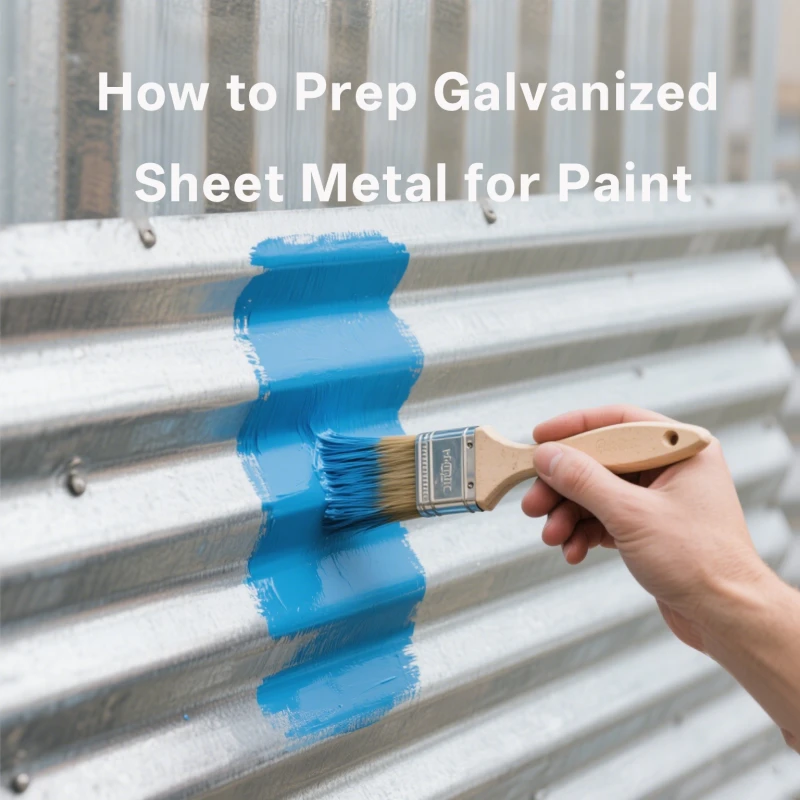

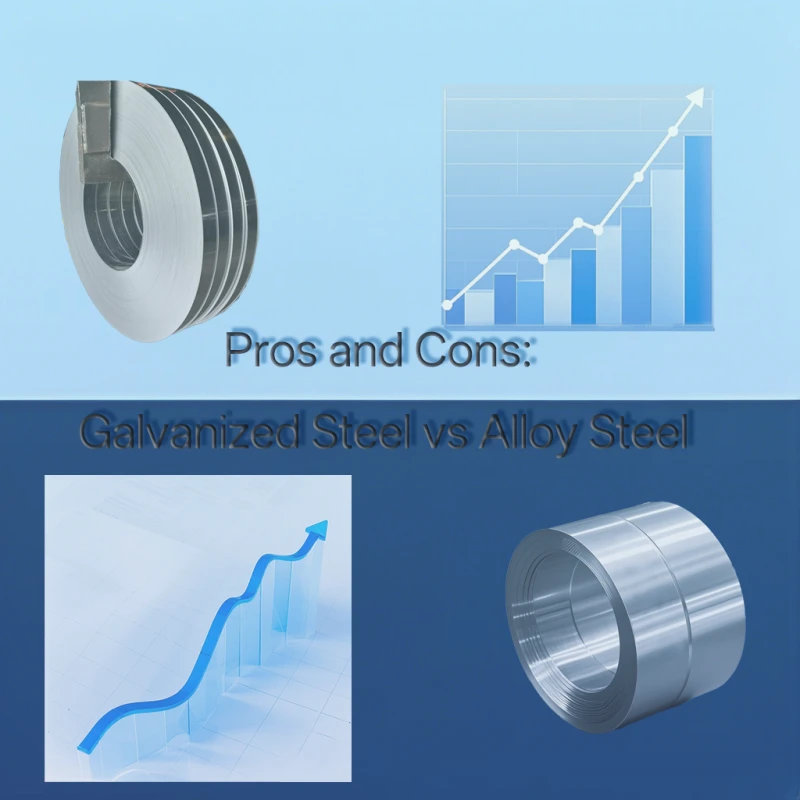
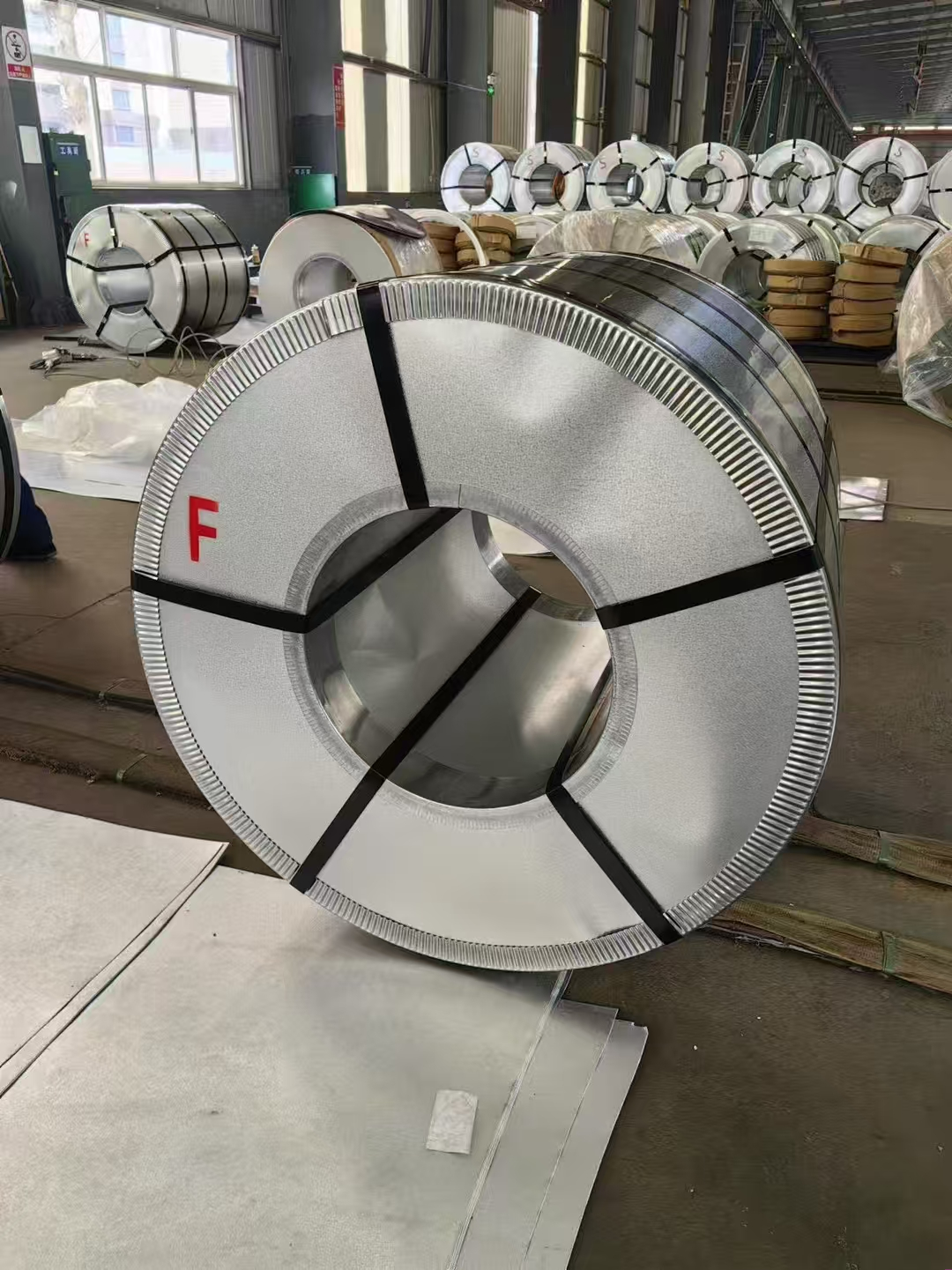
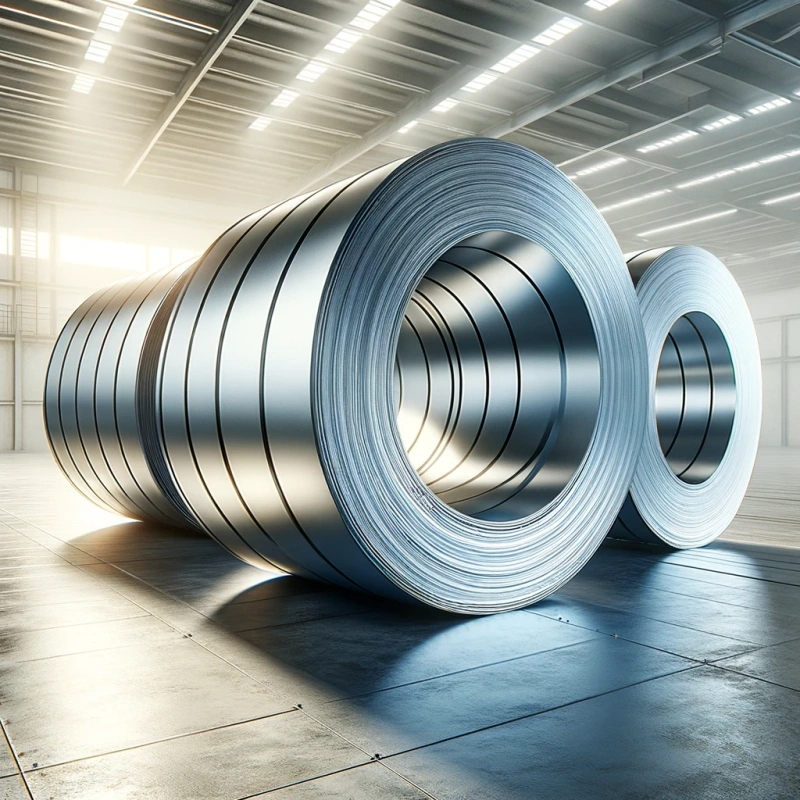
745.webp)
